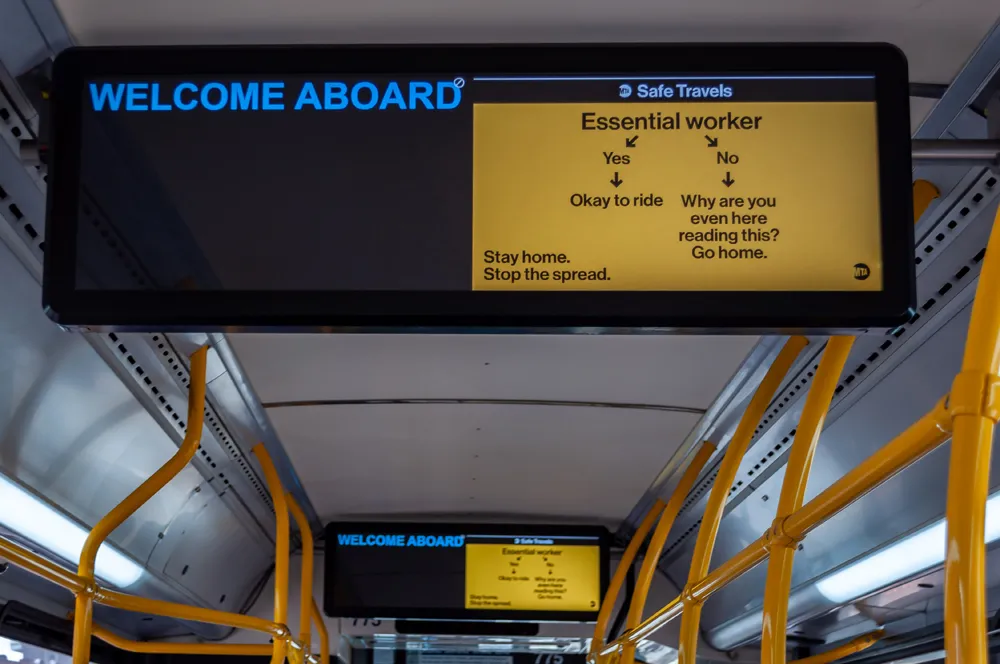For situations where normal cost-benefit analysis doesn't work, TNO has developed Scorecard.
How can governments ascertain the best strategy for implementing innovative solutions that are influenced by knowledge and technology as well as political context, human behaviour, impact on process and organisation? TNO, the Netherlands-headquartered applied scientific research organisation, has created a scorecard that helps assess developments like SAFESPOT, the major European project which is designing cooperative systems for road safety based on Vehicle-to-Vehicle (V2V) and Vehicle-to-Infrastructure (V2I) communication.SAFESPOT is defined through eight business models and two service models which needed to be ranked. This is usually done using a cost-benefit analysis based on financial factors. However, as TNO points out, not all criteria to select or rank service and business models can be monetarised so the development of an alternative method for nominal ranking by non-financial criteria from a governmental perspective to supplement cost-benefit analysis was necessary. This would allow governments to choose the most appropriate business model in
terms of aspects like political or cultural preferences.
After desk research on several government-driven areas (environment, agriculture, industry and innovation) to identify criteria which could not be distilled into financial elements, TNO developed a non-financial scorecard to rank service and business models according to the criteria found.
Six distinctive non-financial criteria were found in several studies on the effectiveness of governance intervention:
- Economic Governance Role: the governmental role as, for example, civil service or as infrastructure investor;
- Innovation Management: realising ideas or inventions to projects, stimulating public debate or setting the legal and financial framework to bring invention to innovation;
- Economic Instruments: best instrument or policy given the political setting, realigning rights or possibilities of groups or individuals, setting and issuing permits, quotas and concessions, determining fees and so on;
- Method of Transfer: budget subsidies, public provision, capital cost subsidies or setting an (inter)national market framework;
- Governance Impact: the cost-effectiveness of policy (comparing return on cost of resources); and
- Innovation Specifications: how the characteristics of the invention, the government drivers and way 'lessons learned' can be incorporated.
Scorecard
TNO says the scorecard built on these six criteria enables the potential effect of a governmental strategy to deploy developments like SAFESPOT to be ascertained. Each score is a qualitative statement describing which government strategy is preferred or needed in the given business and service models. The criteria therefore help to rank the models separately from their purely cost-benefit ratio.This TNO scorecard was new to the partners in the SAFESPOT project when it was first presented. The approach was considered a promising way to allow countries from the EU-27 to select the most suitable government strategy to implement SAFESPOT services and techniques. TNO says it is now looking forward to developing and validating this instrument as a valuable addition to regular cost-benefit analysis.
What price reliability?
An international meeting on values of travel time reliability and cost-benefit analysis, being held 15-16 October, 2009 in Vancouver, Canada, will focus on a major issue that should be addressed when assessing transport investment options - unreliability of travel times.
Co-organised by the Strategic Highway Research Program (SHRP2) of the US
As the organisers point out, research has not yet resulted in a set of generally accepted monetary valuations and the value placed on reliability varies from project to project. Knowledge on how travel time, congestion and service quality of the network affect reliability is largely missing. Notwithstanding, a few countries have recently taken effective steps to incorporate reliability into cost-benefit assessment and transport decision-making.
This international meeting is designed to bring together researchers and decision-makers to examine recent research results and country experiences on reliability measurement, valuation and, in particular, to explore successful practices in integrating reliability into cost-benefit analysis. The meeting aims at identify methodologies for incorporating reliability into project evaluation, and to explore the pitfalls that need to be avoided.
RSS










